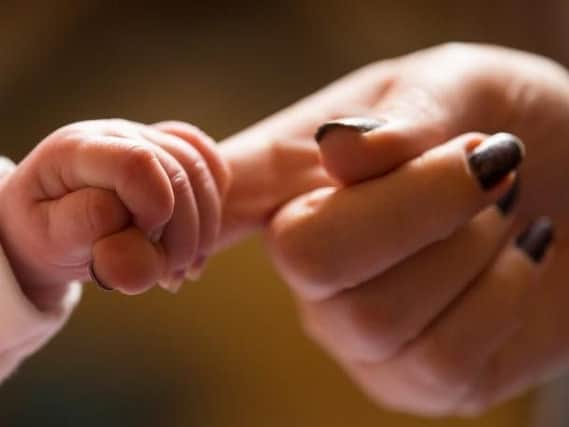Infant mortality down in Leamington


Across England, both the infant and neonatal mortality rates worsened for the third year in a row, after decades of improvement, which baby charity Bliss said was “deeply concerning”.
In Warwick district, five infants died within a year a being born in 2017, compared with seven the year previously, according to the latest Office for National Statistics figures.
Advertisement
Hide AdAdvertisement
Hide AdThis means the infant mortality rate, a key indicator of early years care, decreased from 4.9 deaths per 1,000 live births in 2016 to 3.4 in 2017.
The neonatal mortality rate, measuring babies dying within a month of being born, has also decreased.
In the district in 2017, there were 2.7 deaths per 1,000 live births, compared to 4.9 per 1,000 in 2016.
The ONS says the infant and neonatal mortality rates can fluctuate between years in local authorities due to the small number of deaths.
Advertisement
Hide AdAdvertisement
Hide AdCaroline Lee-Davey, chief executive of the premature and sick baby charity Bliss, said the national figures were “deeply concerning”, especially after the Government’s commitment to halve the rate of neonatal deaths by 2025.
“Bliss’s own research has shown repeatedly that there are insufficient nursing and medical staff to meet standards of safety and quality across neonatal services, with a clear link in particular between one-to-one nursing care for the smallest and sickest babies and neonatal survival,” she said.
“It is time for the Government to ensure neonatal units have the funding and resources they need in order to give every baby in the country the best chance of survival and quality of life.”
Warwick district has a lower infant and neonatal mortality rate than the West Midlands overall. Across the West Midlands, 380 babies died within 12 months of being born last year, of those 281 died within a month.
Advertisement
Hide AdAdvertisement
Hide AdMs Lee-Davey explained that “babies born into poorer families have a much higher mortality risk”. “A number of factors can contribute to this higher risk of baby loss.
“The most important things for any expectant mother to do are to take care of her health while she is pregnant, to attend all her hospital appointments, and seek advice from health care professionals when needed.
“However, we know that this can be more challenging for those living in the most disadvantaged communities.”
A Department of Health and Social Care Spokesperson said: "Every death of a child is a tragedy and we are committed to halving rates of stillbirths, neonatal deaths and brain injuries after birth by 2025.
Advertisement
Hide AdAdvertisement
Hide Ad"The NHS has made good progress to bring down infant mortality rates over the last decade. These figures show we need to go even further, so we are increasing midwifery training places by 25 per cent, and have invested millions of pounds in training for staff and in new safety equipment to ensure the NHS can provide world-class care for mothers and babies."